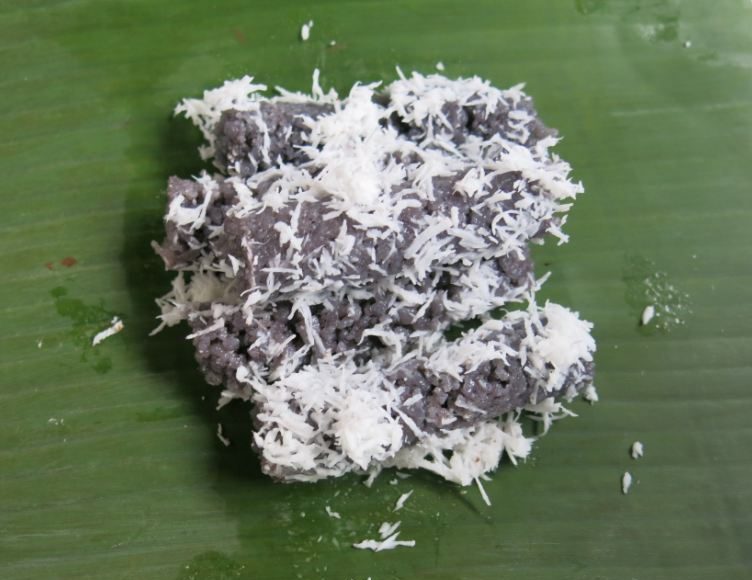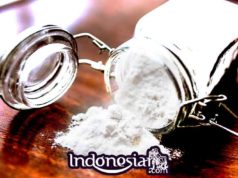Kue putu is a type of traditional Indonesian food in the form of a cake filled with Javanese sugar, wrapped in grated coconut and coarse grained rice flour. This cake is steamed by placing it in a slightly compacted bamboo tube. This cake is sold from sunset until late at night. The distinctive sound of steam that comes out of this whistling tool is also a promotional tool for merchants selling.
Most of the colors of this putu cake are white and green.
A number of traders today replace bamboo with PVC pipes for reasons of practicality, even though from a health point of view the use of PVC pipes is dangerous for health.
The Bugis (South Sulawesi) version of Putu uses black glutinous rice without sugar. Putu is eaten with a sprinkling of grated coconut and chili sauce. Putu Bugis is only sold in the morning as a practical breakfast substitute.
Cake putu itself has penetrated to other countries, such as Singapore and Malaysia, although the name and shape for this cake is slightly different, but the taste itself is the same as the traditional Indonesian putu cake itself.
Putu’s cake can be found at the “China Silk Museum”. This cake has been known since the Ming Dynasty as XianRoe Xiao Long which means rice flour cake filled with very soft green beans and steamed in bamboo molds.
In Indonesia this food is known as “Puthu”. This name appears in Serat Centhini written in 1814 during the Mataram kingdom. The puthu incident was taken around 1630 in Wanamarta Village, East Java. In the manuscript the word puthu appears when Ki Bayi Panurta asks his students to serve breakfast. From this dish there is puthu as an appetizer or snack.
The mention of puthu also appeared in another incident at a similar location, Wanamarta Village. In the Centhini manuscript, Nyai Daya and Nyai Sumbaling prepare snacks after Fajr prayer. The dish serves gemblong, ulen-ulen, serabi, puthu, jadah, jenang, balur beef jerky, dendeng gepuk, grilled banana, kupat, balendrang, grendul jenang, plantain and powdered wedang.
Source : wikipedia



































